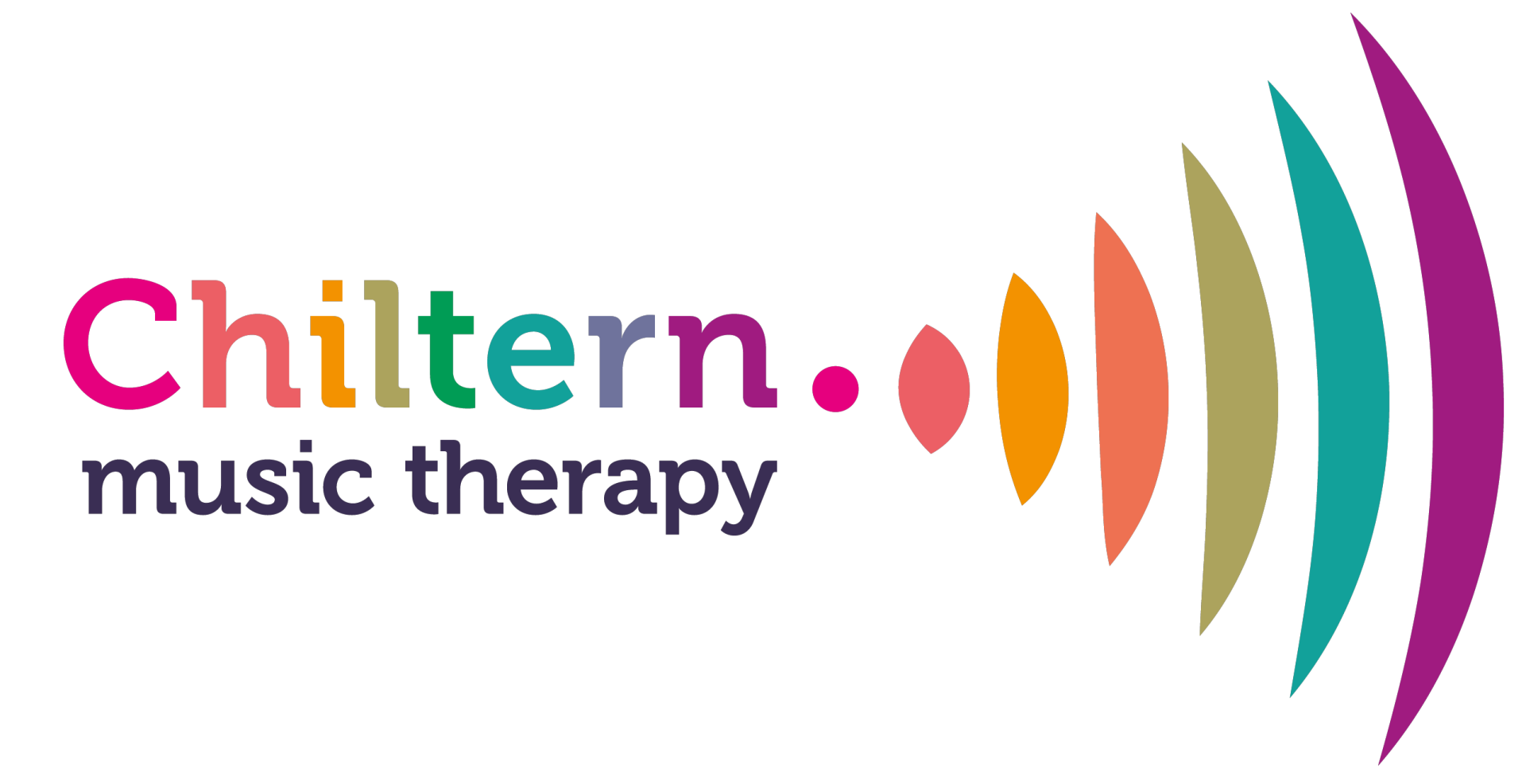
Rebuilding Connection: Music, Movement and Recovery
After illness or injury, the journey back to movement can feel uncertain. Muscles may have forgotten familiar patterns. The brain and body can feel out of sync.
In those moments, music offers a way to reconnect — not through instruction, but through rhythm, sound, and sensory experience.
In music therapy, movement doesn’t begin with exercise; it begins with awareness. The steady pulse of a drum, the vibration of a bass note, or the softness of a melody can help a person feel their body again.
Rhythm and Regulation
Rhythm creates predictability - a framework that helps the brain and body find balance. For people recovering from neurological conditions such as stroke or brain injury, rhythmic cues can help regulate breathing, guide pacing, and support coordination.
Beneath the surface, this rhythmic organisation engages the brain’s sensory and motor systems, supporting neuroplasticity and new pathways for movement.
It also provides something deeper: a sense of safety. Predictable rhythm helps regulate the nervous system, grounding people when their world feels unpredictable.
Sensory Awareness and Feedback
Music invites the body to listen in multiple ways. The vibration of a drum through the floor, the weight of a shaker in the hand, or the feedback from a digital instrument each provide sensory information that helps rebuild awareness.
When people experience sensory disconnection -after trauma, illness, or degeneration - sound can act as an anchor, reawakening proprioception and body confidence. In some cases, music technology offers new ways in. Instruments that respond to touch, motion, or even proximity give immediate sensory feedback, encouraging movement and strengthening sensory–motor integration.
What matters isn’t the tool itself, but how it’s used: with curiosity, attunement, and a focus on small, embodied progress.
When people experience sensory disconnection -after trauma, illness, or degeneration - sound can act as an anchor, reawakening proprioception and body confidence. In some cases, music technology offers new ways in. Instruments that respond to touch, motion, or even proximity give immediate sensory feedback, encouraging movement and strengthening sensory–motor integration.
What matters isn’t the tool itself, but how it’s used: with curiosity, attunement, and a focus on small, embodied progress.
Reconnection Through Relationship
At the heart of rehabilitation lies relationship - between therapist and client, between the brain and body, and between the person and their sense of self.
Music therapy provides a relational space where movement becomes meaningful again. Progress is measured not only in steps or sounds, but in confidence, expression, and re-engagement with life.
“We’re not just helping someone move - we’re helping them feel what it means to move again.”
Music therapy provides a relational space where movement becomes meaningful again. Progress is measured not only in steps or sounds, but in confidence, expression, and re-engagement with life.
“We’re not just helping someone move - we’re helping them feel what it means to move again.”
Explore Further
To learn more about sensory-informed approaches in rehabilitation, explore our online courses:
- Sensory Processing and Music Therapy - understanding sensory thresholds, regulation, and the role of rhythm and vibration in therapy.
- Music Tech Toolkit - creative and accessible tools for supporting movement, engagement, and sensory feedback in music therapy practice.
Subscribe to our newsletter
Thank you!
Policy Pages
Copyright © 2025
